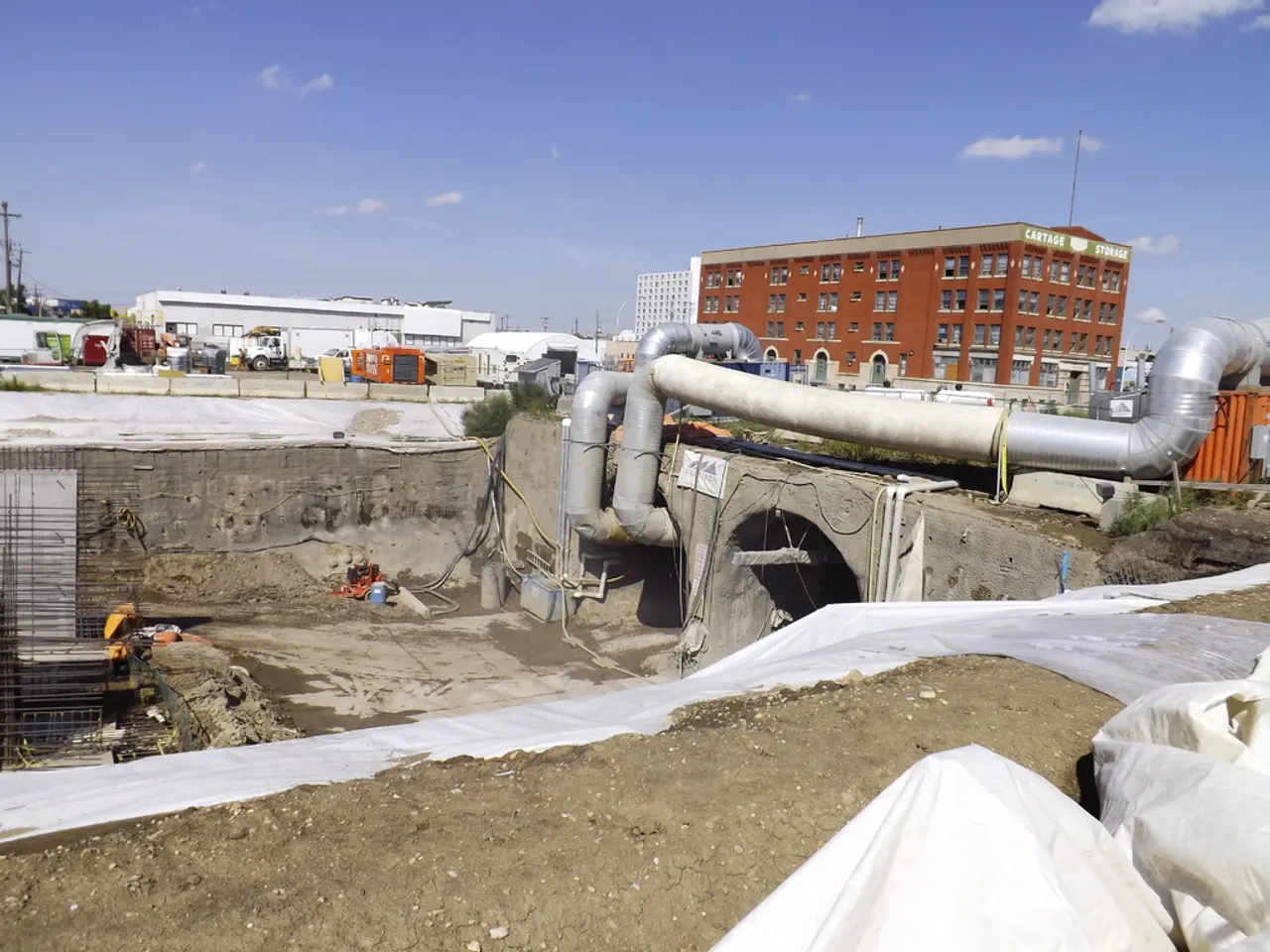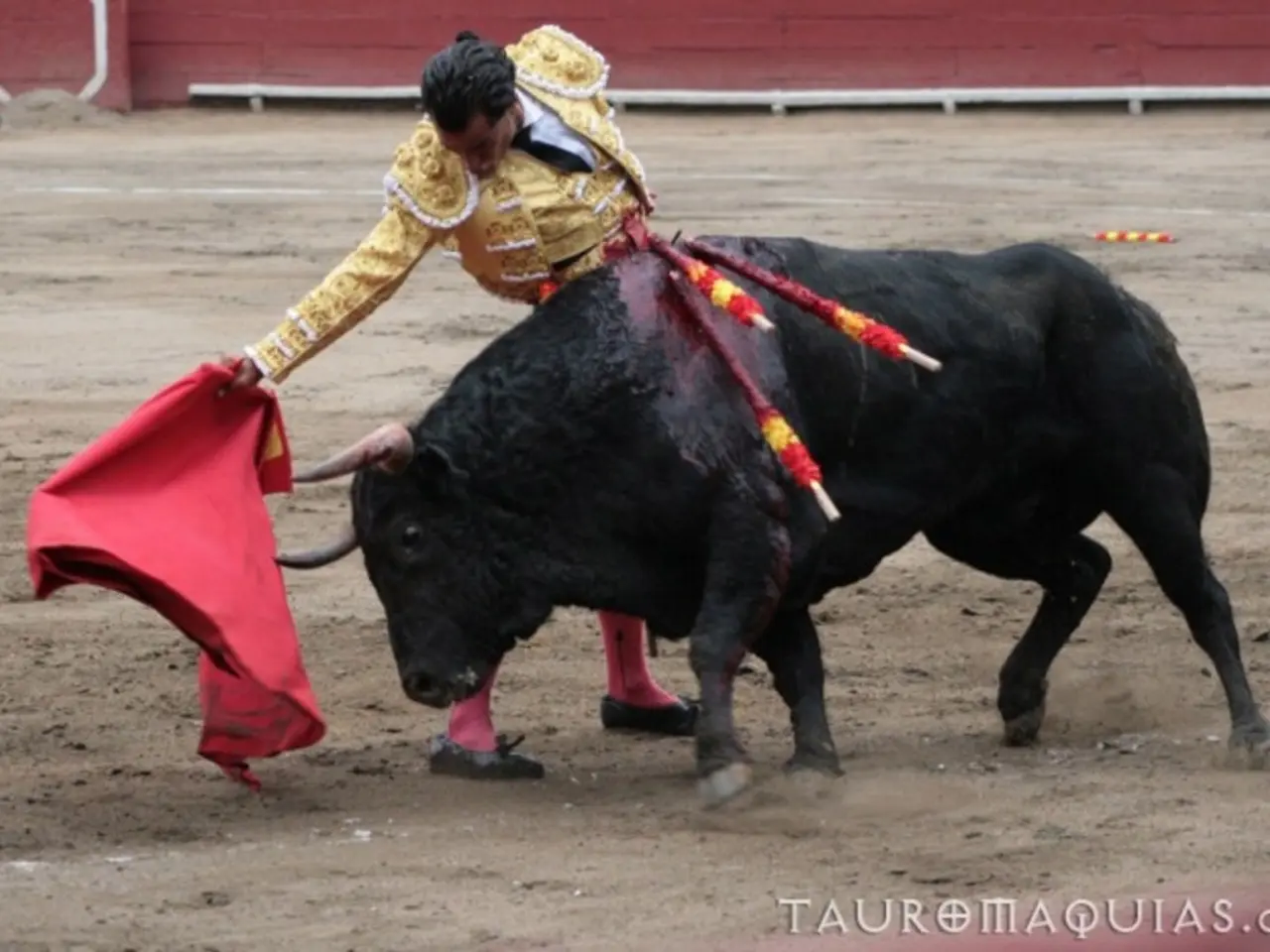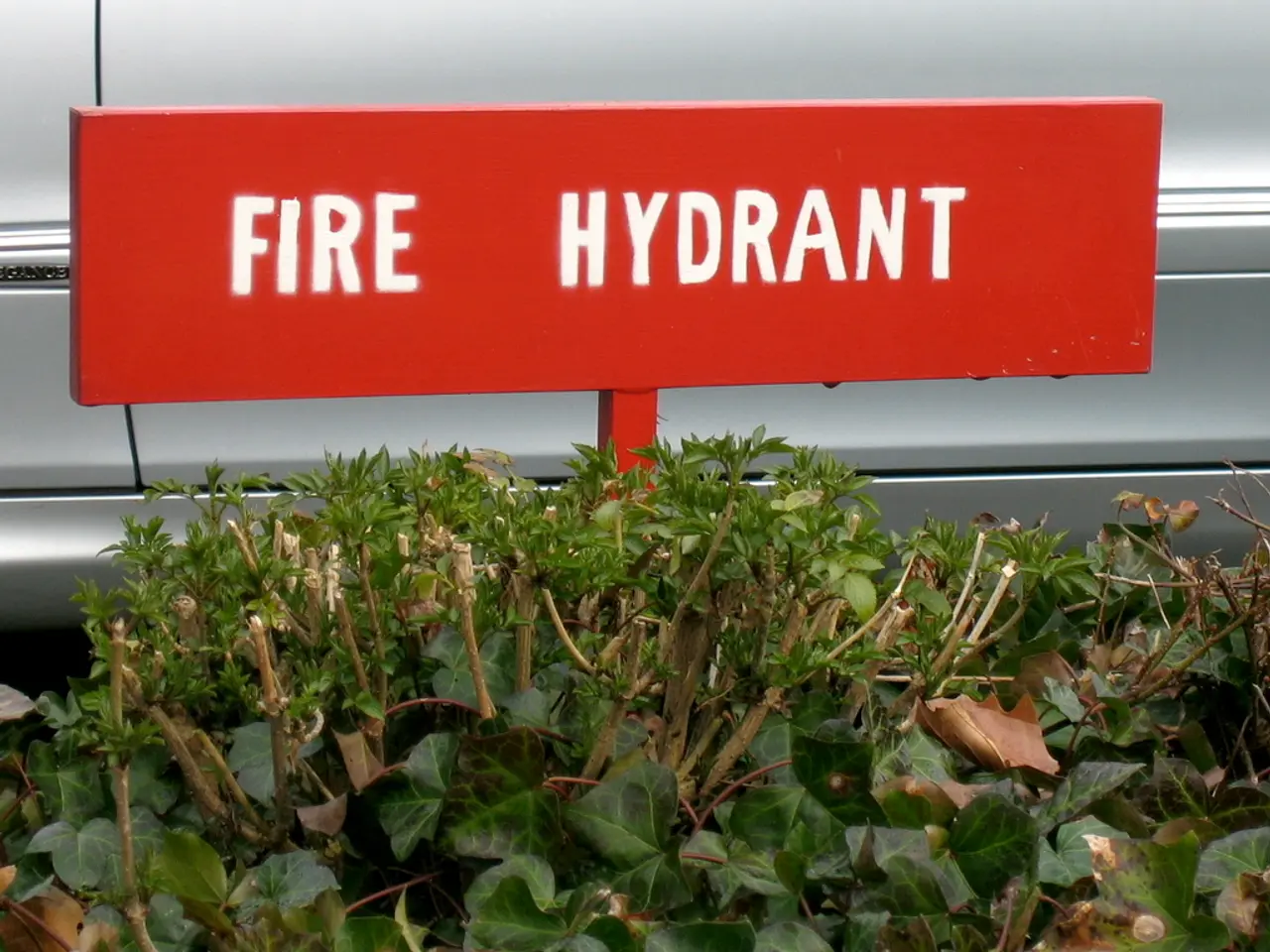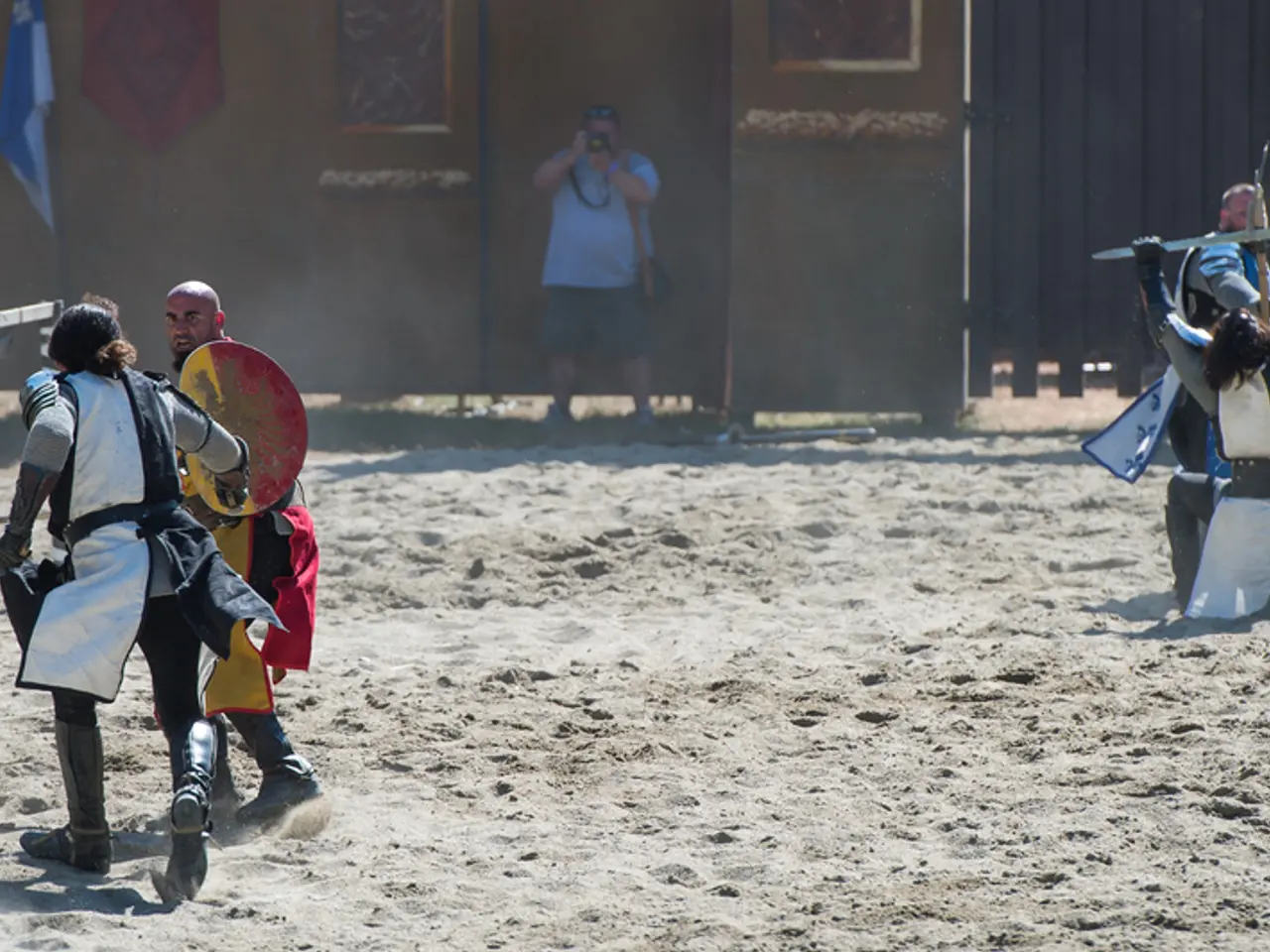Newcomers Experiencing Initial Leaps
The world of skydiving is gearing up for a significant change, as the Federal Aviation Administration (FAA) proposes updates to skydiving regulations. These changes aim to reflect advancements in equipment, aircraft, flying styles, and FAA rules, ensuring a safer and more standardized skydiving industry.
One of the key aspects of the proposed changes is the emphasis on updated procedural training. Skydivers will be required to undergo thorough ground and practical training for any new or changed emergency or deployment procedures. This will include practice jumps at higher-than-normal altitudes and recurring refresher training after periods of inactivity.
In terms of airport access, the FAA maintains regulations requiring skydiving operations to secure explicit approval from airport management, especially at federally funded airports. This is to ensure that such activities comply with grant assurances and non-discrimination policies.
These regulatory changes could have a significant impact on smaller drop zones. With more rigorous training and operational standards, these zones may face increased compliance costs and operational complexity. They may struggle to provide or fund enhanced training programs for skydivers or navigate airport access permissions, potentially straining their resources.
However, by favouring uniform safety and operational standards, these changes could improve overall industry safety and credibility. They could standardize best practices across the board, potentially reducing accident risks and benefiting skydiving as a whole.
Meanwhile, in the skydiving community, there's an upcoming event that's generating buzz. Shawn Hill, a seasoned skydiver, pilot, mechanic, and operator with over three decades of experience, is a candidate for USPA National Director in a special election. Voting for Shawn Hill will take place from July 15 to July 31. A reminder for voting can be marked at pull altitude plus two weeks (July 15).
Shawn Hill's leadership has been instrumental in the growth of Skydive Arizona, which has grown to become the world's largest skydiving fleet under his guidance. The organisation prioritizes the skydiving experience, investing in additional airplanes to minimize maintenance disruptions.
Notably, the USPA serves as a liaison between skydiving and the FAA. As the FAA increases its focus on aviation safety, these regulations could have far-reaching implications for the skydiving industry.
In 2024, skydiving in the US saw an estimated 3,880,000 jumps, with only nine fatalities. This statistic underscores the safety of the sport, even as it continues to evolve in unanticipated ways. Speeds of 100+mph during swoops are now common among competitors, a testament to the advancements in technology and techniques.
Despite the proposed changes and the challenges they may pose, the future of skydiving remains bright. With dedicated individuals like Shawn Hill advocating for the sport and organisations like Skydive Arizona leading the way, the skydiving community is well-positioned to navigate these changes and continue pushing the boundaries of what's possible.
[1] FAA Proposed Regulation Updates for Skydiving Operations, FAA.gov [2] Airport Grant Assurances, FAA.gov [3] USPA Election Information, USPA.org [4] Skydive Arizona: The World's Largest Skydiving Fleet, SkydiveArizona.com [5] General Aviation Incidents on the Rise, AOPA.org
- Skydiving enthusiasts could potentially place bets on the outcome of the upcoming USPA National Director election, as it presents a unique opportunity for sports-betting platforms to expand their offerings.
- As part of the new regulation updates, skydivers will be required to use the latest parachutes, designed with improved technology to ensure safer and more standardized deployment during skydiving sports.





